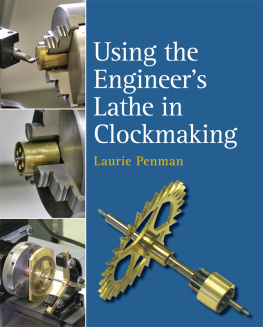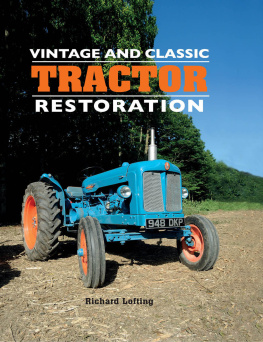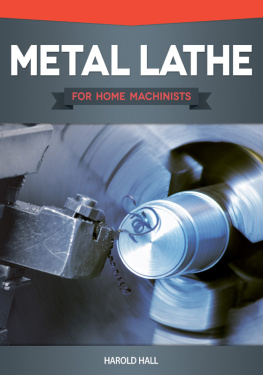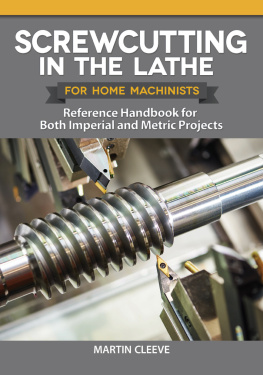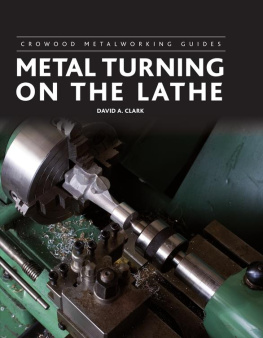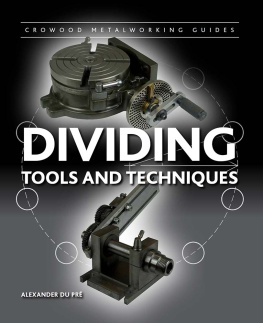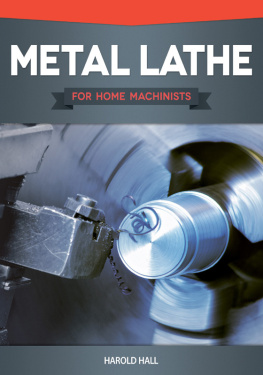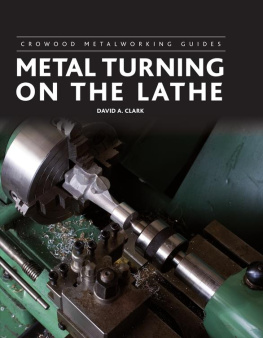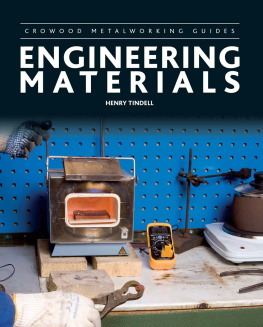Page List



First published in 2022 by
NAG Press, an imprint of
The Crowood Press Ltd,
Ramsbury, Marlborough
Wiltshire SN8 2HR
www.crowood.com
This e-book first published in 2022
Laurie Penman 2022
All rights reserved. This e-book is copyright material and must not be copied, reproduced, transferred, distributed, leased, licensed or publicly performed or used in any way except as specifically permitted in writing by the publishers, as allowed under the terms and conditions under which it was purchased or as strictly permitted by applicable copyright law. Any unauthorised distribution or use of this text may be a direct infringement of the authors and publishers rights, and those responsible may be liable in law accordingly.
British Library Cataloguing-in-Publication Data
A catalogue record for this book is available from the British Library.
ISBN 978 0 7198 3152 2
Cover design by Maggie Mellett
Acknowledgements
)
)
)
)
)
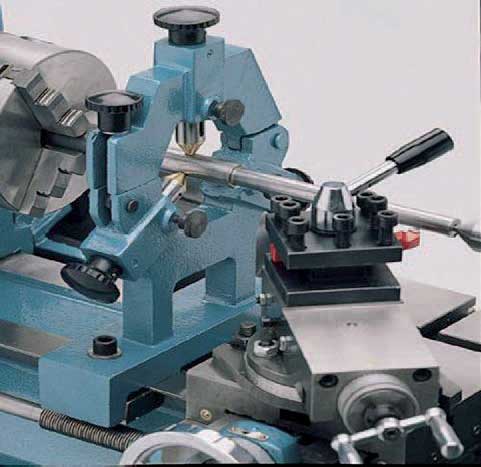
Chapter 1
Introduction
This book begins as an instructional manual, and consequently the first chapter assumes that the reader does not have a lathe at the moment and needs advice on choosing one. From there the chapters deal with preparing a cutting tool; the possible techniques; and several machining projects that are needed when repairing clock movements or that will prove useful clockmaking (or model-making) tools for your workshop. The intent is to provide a gentle learning curve for the practical use of the lathe.
CHOOSING A LATHE
Enjoy getting to know the engineers lathe, as it is almost a universal tool. There are very few machining operations that it is not capable of it is even possible, with a little cunning, to use it to make a larger lathe.
The small engineers or centre lathes that are used for clockmaking and repair perform very differently from the much larger lathes used in general engineering, although their functions are much the same; however, general engineering makes far greater demands upon the machine.
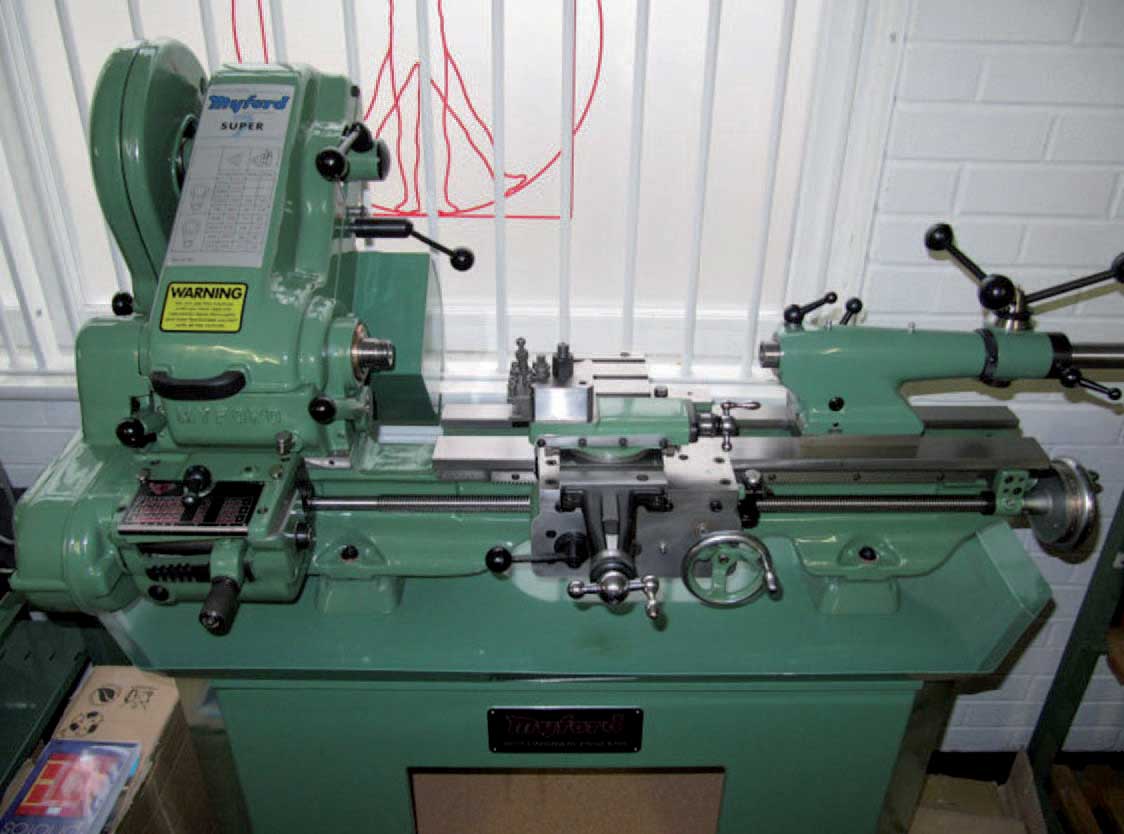
Fig. 1.01A Myford lathe.
Lathes such as the Myford () have all the characteristics of a larger lathe: lateral adjustment on the tailstock, top slide, complete apron with traversing handle and screw-cutting controls and back gearing; while mini-lathes usually have a swivelling headstock for taper turning, traversing at the end of the bed, no top slide and a fixed centre tailstock. Other differences result from the type and size of the materials that are machined.
Parts for clocks do not generally demand cutting tools with a wide variety of rakes and clearances for working within the limits of the tool material. It is quite often the case that old-fashioned carbon steel tools are perfectly adequate for the job in hand. So long as the speed is kept down, a carbon steel tool is actually harder than most high-speed steels (HSS).
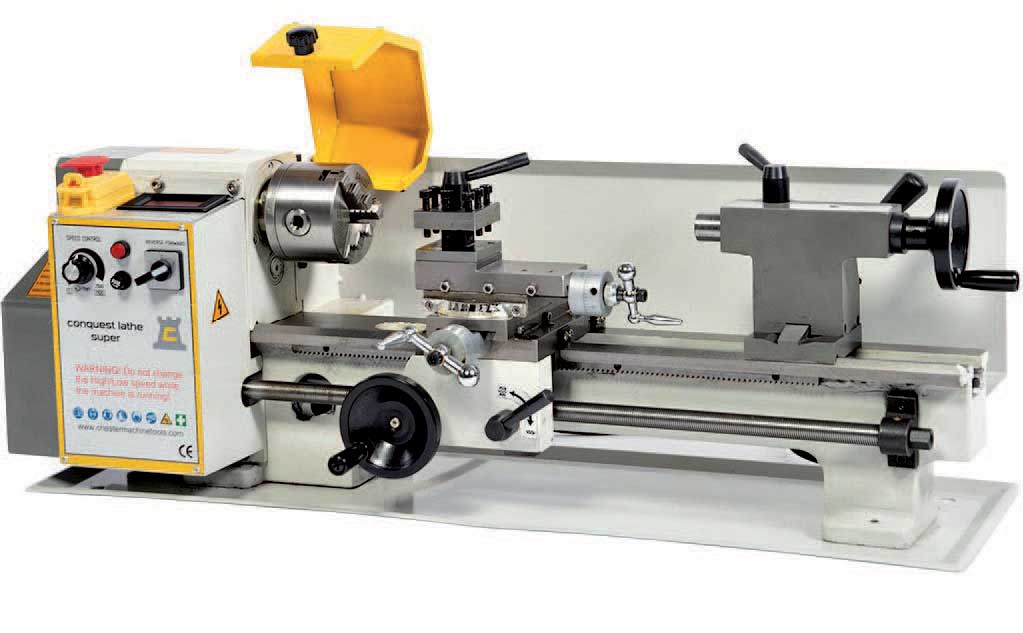
Fig. 1.02A Chinese 712 small lathe.
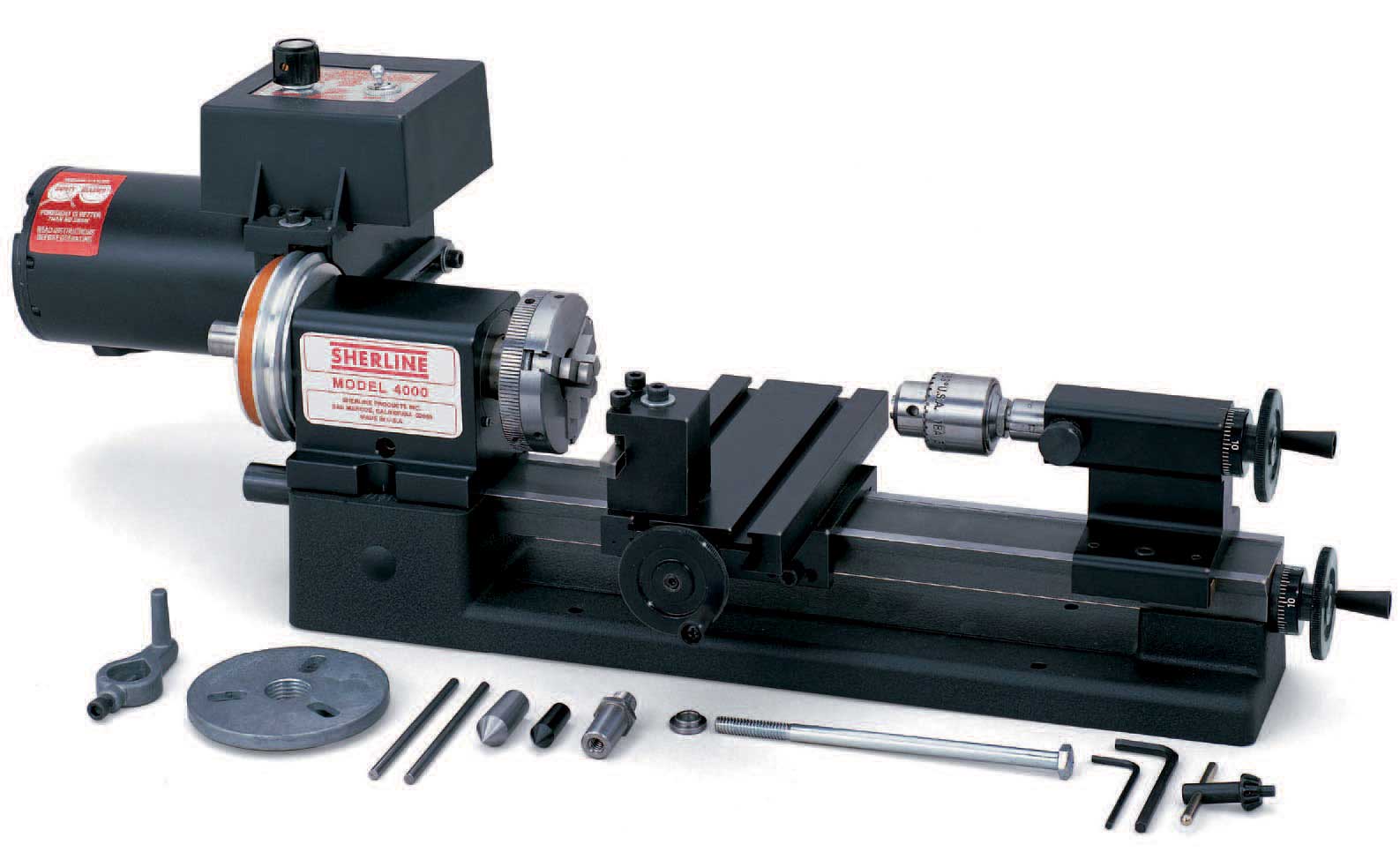
Fig. 1.03A Sherline mini-lathe with a swivelling headstock.
For convenience (and to avoid undue advertising), I will refer to small lathes and mini-lathes, the first being simply a scaled-down engineering machine such as the Myford or the Chinese 7 12 ().
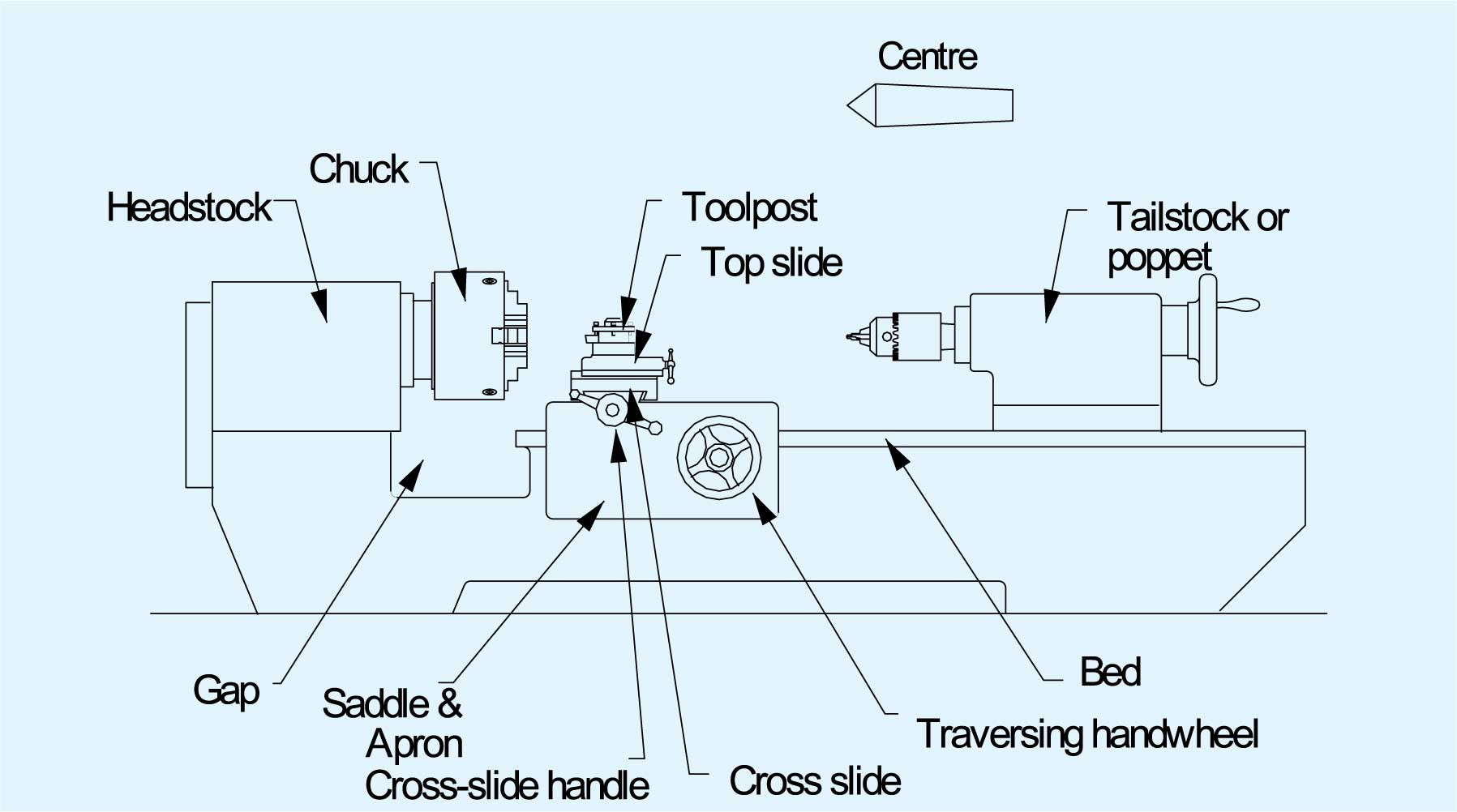
Fig. 1.04The parts of a lathe.
So far as the basic clockmakers or watchmakers lathe is concerned, the only differences in operation fall under the heading of graving, that is, the use of a hand-held tool called a graver. Very often a top slide is added to the watchmakers lathe and then it is .
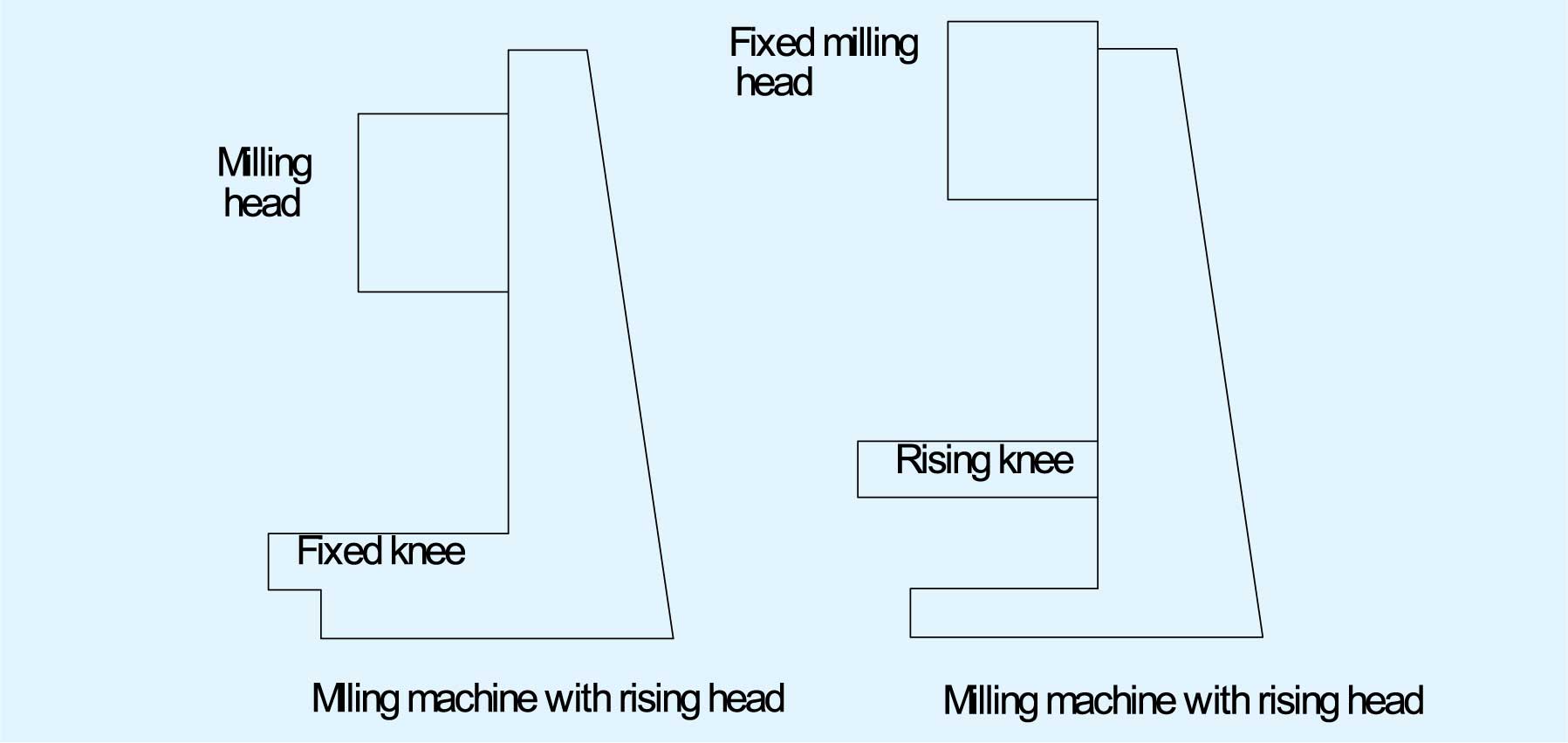
Fig. 1.05The two types of milling machine: rising head, fixed knee (left) and fixed head, rising knee (right).
Larger work, such as turning a bar larger than 25mm (1in) and longer than 300mm (12in); using a collet on a rod of 12mm (0.5in) diameter that passes right through the collet; the making of clock gears and tools or carrying out shaping and milling operations will all call for the larger machines. Gear-cutting requirements can be met on the Myford with attachments (either purchased, or made on the lathe), for gears up to about 200mm (8in) diameter. Many mini-lathes are sold with the choice of milling attachments and these will enable the cutting of gears up to about 75mm (3in) diameter, but the attachments are not as rigid as a purpose-made milling machine or wheel-cutting engine and will usually only have a small range of tooth counts available for the dividing device.
Vertical milling machines of solid construction, with a rising head rather than a rising knee are available and not much more expensive than the mini-lathes. Wheel-cutting engines are even more useful for gear cutting and range in price from less than a vertical miller to just over. However, they will not carry out other milling operations. Milling machines with rising knees lift the work up to a rotating cutter; the rising head version has a static support for the work (with two slides) and the cutter is brought down to it. The support in small machines is cast as one with the frame of the machine and is much sturdier than the rising knee milling machine.
A professional clockmaking shop really needs all three of the machines mentioned (small lathe, mini-lathe, vertical miller or wheel-cutting engine) but the beginner will find that the mini is quite sufficient to begin with, progressing to larger machines if and when the work demands it.
Lathe Qualities
The major requirements of a good lathe are listed below:
Sufficient powerA useful rule of thumb for the light lathes used by clockmakers is 50 watts per inch of swing (ignore any gap), for speeds up to 2,000rpm. Swing refers to the maximum diameter that may be accepted over the lathe bed. An 18cm (7in) lathe should have at least 350 watts (just under 0.5hp) and a 7.5cm (3in) lathe 100 watts. There are two electric motor ratings intermittent and continuous. Intermittent rating will require the motor to be switched off at frequent intervals so that it can cool off; continuous rating is self-explanatory: there is no need to switch off the motor.

